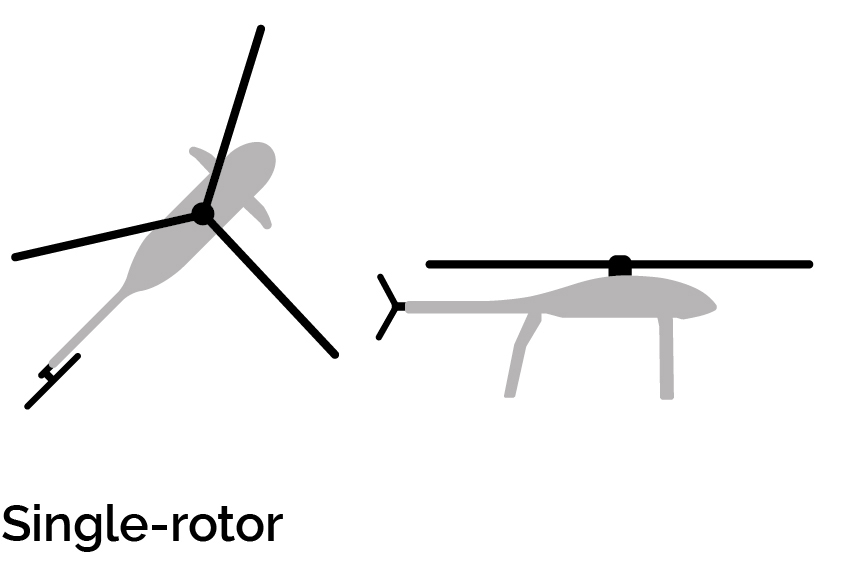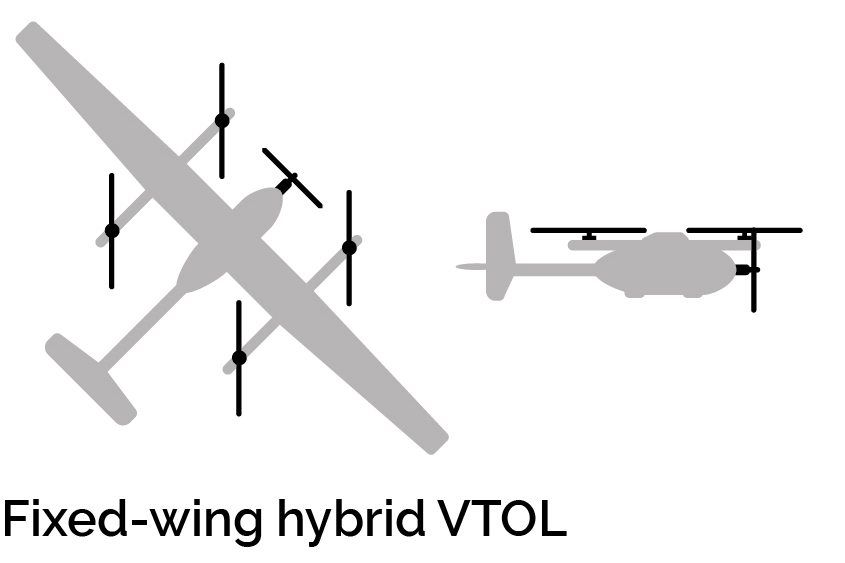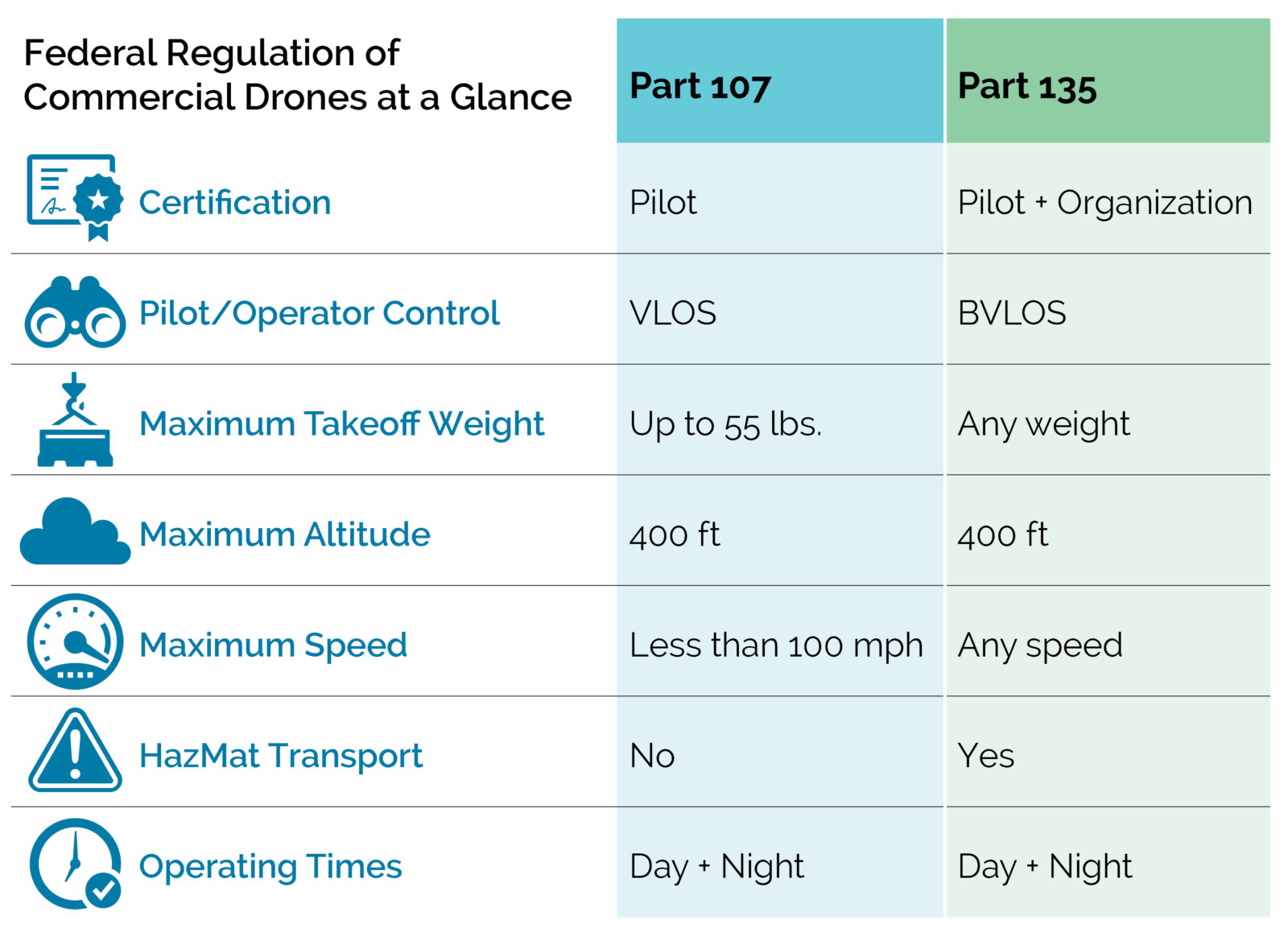About this series: From commercial drone delivery, autonomous planes, to battery-powered aircraft, aviation is rapidly transitioning as these technologies move from concept to reality, which could transform the industry as we know it. ESA’s aviation experts delve into the policies, programs, and real-world challenges shaping the new tech of the skies.
Unmanned aerial systems (UASs) and unmanned aerial vehicles (UAVs) are commonly referred to as drones. For most people, “drones” typically evoke images of military conflict or uses by enthusiasts and the media. They are, however, used for a much wider range of applications, including:
- Inspecting infrastructure that is difficult or risky to access, such as bridges, wind turbines, cell towers, and power lines.
- Construction site planning, surveying, and mapping.
- Monitoring crop health and application of seeds, pesticides, and fertilizers (“precision farming”).
- Search and rescue, law enforcement, and firefighting.
- Tracking environmental pollution and wildlife conservation.
- “Last mile” delivery of commercial goods.
Drones – Uses and Types
Drones come in a wide variety of different sizes and capabilities, ranging from cheap, off-the-shelf kits for recreational uses to expensive, state-of-the-art models for commercial and industrial uses. They can generally be broken down into the following four main classes based on how they fly.

Multi-rotor – Also known as multi-copters or rotary-wing drones, these are the most widely used type of drones for recreational and professional uses, such as for photography. However, most multi-rotor drones have very short flight times, thus making their uses fairly limited.

Fixed-wing – Fixed-wing drones are capable of generating forces that allow them to stay in the air by taking advantage of their aerodynamics, similar to radio-controlled aircraft. Because they have longer endurance times, they are useful for mapping, scanning, and inspecting large areas. They tend to operate like airplanes and therefore lack the maneuverability that other drone types possess.

Single-rotor – Single-rotor drones look and operate like helicopters and are suited to carry larger payloads and fly more efficiently than multi-rotors. Single-rotor drones typically use combustion engines rather than batteries, which greatly increases their range and flight time. However, they tend to be larger and more complex than other types of drones.

Fixed-wing hybrid vertical takeoff and landing (VTOL) – These are fixed-wing aircraft that have been modified to take off and land vertically. They combine the long-range and flight time of fixed-wing drones with the vertical takeoff capability of rotary-wing drones. They are best suited for mapping or inspecting large areas, agriculture, search and rescue, and commercial package deliveries.
Regulation of Drone Operations
The operation of drones is controlled under a number of different federal regulations, but they can be classified into two main operational groups—under either 14 CFR Part 107 (Part 107) or 14 CFR Part 135 (Part 135). Also known as the Small UAS Rule, Part 107 governs routine, lower-risk flights, like recreation and photography flights flown within the visual line of sight (VLOS). Part 135 governs more advanced commercial operations, such as when an operator “carries the property of another for compensation flown beyond the visual line of sight (BVLOS)”. A third, less common, operational classification for agricultural uses is regulated under 14 CFR Part 137.

The following table generally describes the similarities and differences between the two regulations. It is important to note that waivers may be available or required under both regulatory schemes to meet or exceed the operational requirements listed.
On the Horizon: Part 108
Part 135 was intended to cover on-demand operations, such as charters, and limited scheduled commuter operations, such as small single-aircraft operators, cargo delivery to remote areas, and air ambulance services. As such, commercial BVLOS drones were meant to “live” under Part 135 only temporarily, until the Federal Aviation Administration (FAA) had time to develop more comprehensive and standardized safety rules.

The FAA’s recently proposed Part 108 rule, which seeks to standardize and streamline the BVLOS drone certification and approval process, could be an industry game-changer. The goal of Part 108 is to combine more complex Part 107 operations and all commercial drone-related Part 135 operations under a single regulatory umbrella. Under Part 108, larger manned and autonomous drones could be flown, and certain drones would be required to be equipped with technologies to enhance safety and promote airspace deconfliction. The proposed Part 108 regulations are expected to be finalized in 2026.
For additional background on commercial drones and to learn how ESA helps clients plan for and assess drone operations, please reach out to Neal Wolfe, Adam Scholten, or Mike Arnold, and be sure to stay tuned for our future articles from ESA on emerging aviation technologies.








